So, yours is core/librebooted? If it happens to be **30 series, there's also a better solution out there: https://github.com/noolex/lenovo_battery_repair
fl42v
I cheated a bit: I had 2 dead batteries, one 72wh with a locked bms and a 22wh with one of the batteries dead, so I just soldered the batteries from the 1st one to the bms from the 2nd one leaving the factory welding in place. *Also, before disconnecting the original batteries I soldered another fully charged battery in parallel in order not to lock the bms, which may've been unnecessary given it didn't lock with one of the original packs showing 0v, but better safe than sorry.
As for soldering the cells, it's generally not advised, but is kinda ok if you're fast enough and have good flux. The trick is not to overheat the batteries, and that's it.
Also, I wrote a small calibration script (which is a fancy word for charging and discharging the battery a few times to let the bms know the cells have changed; mb helpful if you decide to give it a try (also there's tlp recalibrate, but I wanted to try amber out, so here we go :D)
You mean this: https://www.bleepingcomputer.com/news/security/hackers-use-poc-exploits-in-attacks-22-minutes-after-release/ ?
Pretty regular stuff if you ask me
Beating good old amputation speedrun with 300% mortality?
A so-called "meta distribution", allows you to mix and match packages from some other distros. Kinda like distrobox, but older (AFAIK) and low level-er.
That said, I didn't find it exactly useful a few years ago, since pretty much everything i needed was in the aur or the official repos (should be better if the base was smth like Ubuntu)
Other inits cut out udev and logind and run away giggling into the sunset, obviously
*ssd. HDDs are somewhat good for storing large amounts of data, and the os ain't it (unless windows, probably)
How about Numbers 31:17-18 where Moses says:
Now therefore kill every male among the little ones, and kill every woman that hath known man by lying with him.
But all the women children, that have not known a man by lying with him, keep alive for yourselves.
As a Russian bot, I'm deeply offended
This one doesn't, tho, unless you care how presentable the back of your pc is... And mine was for a few years just an array of parts and wires on the side of my desk, soooo...


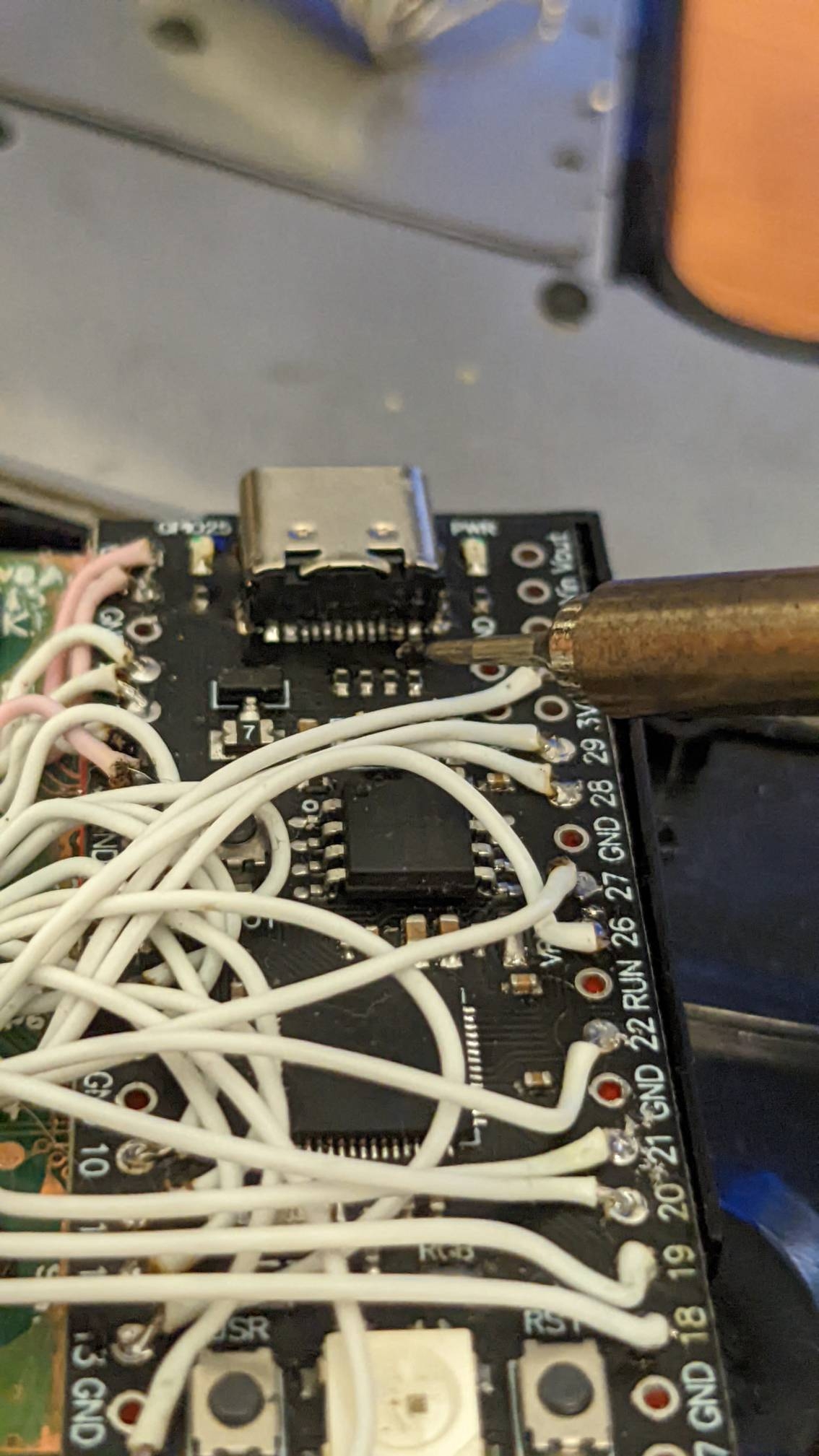
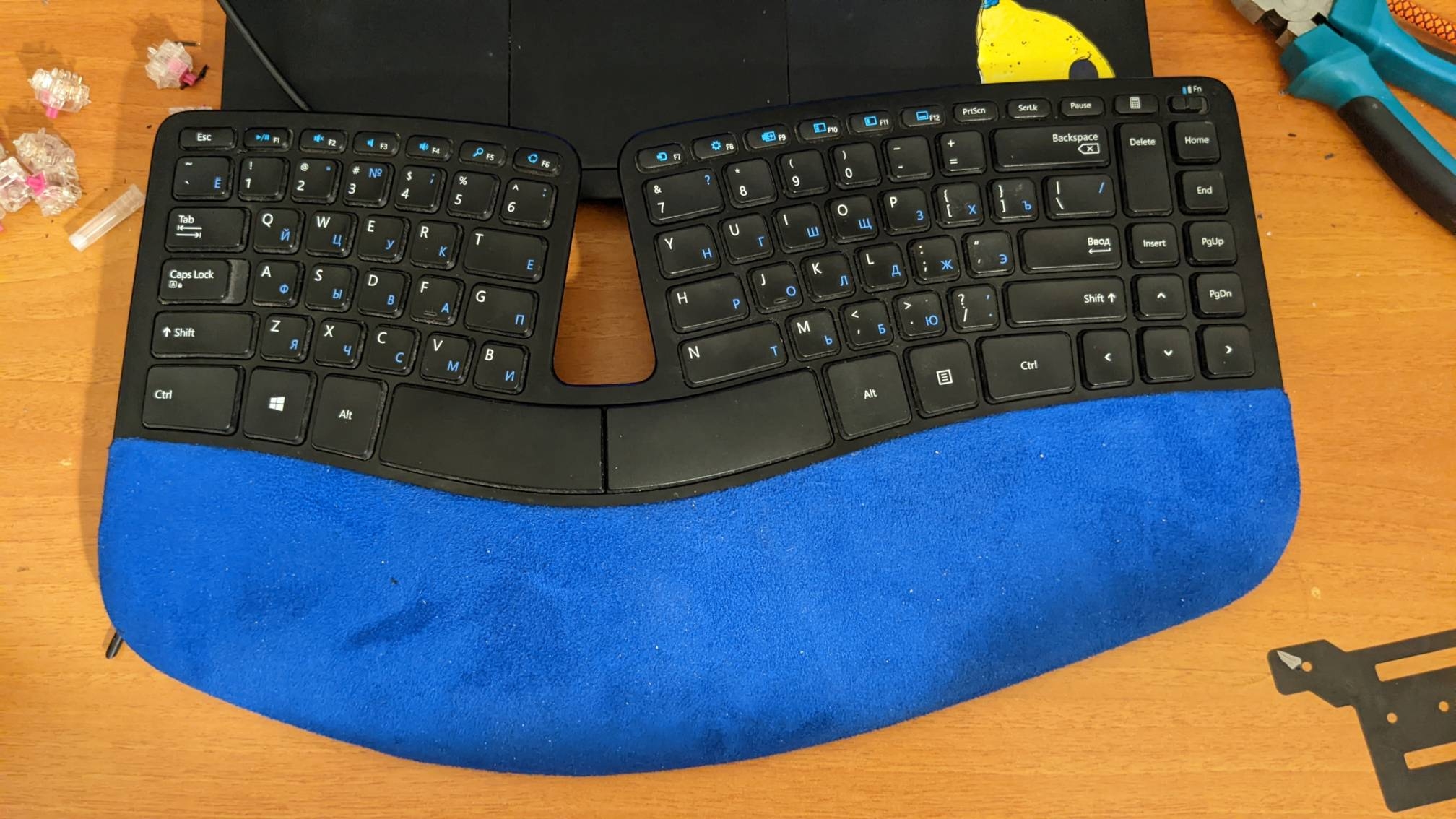
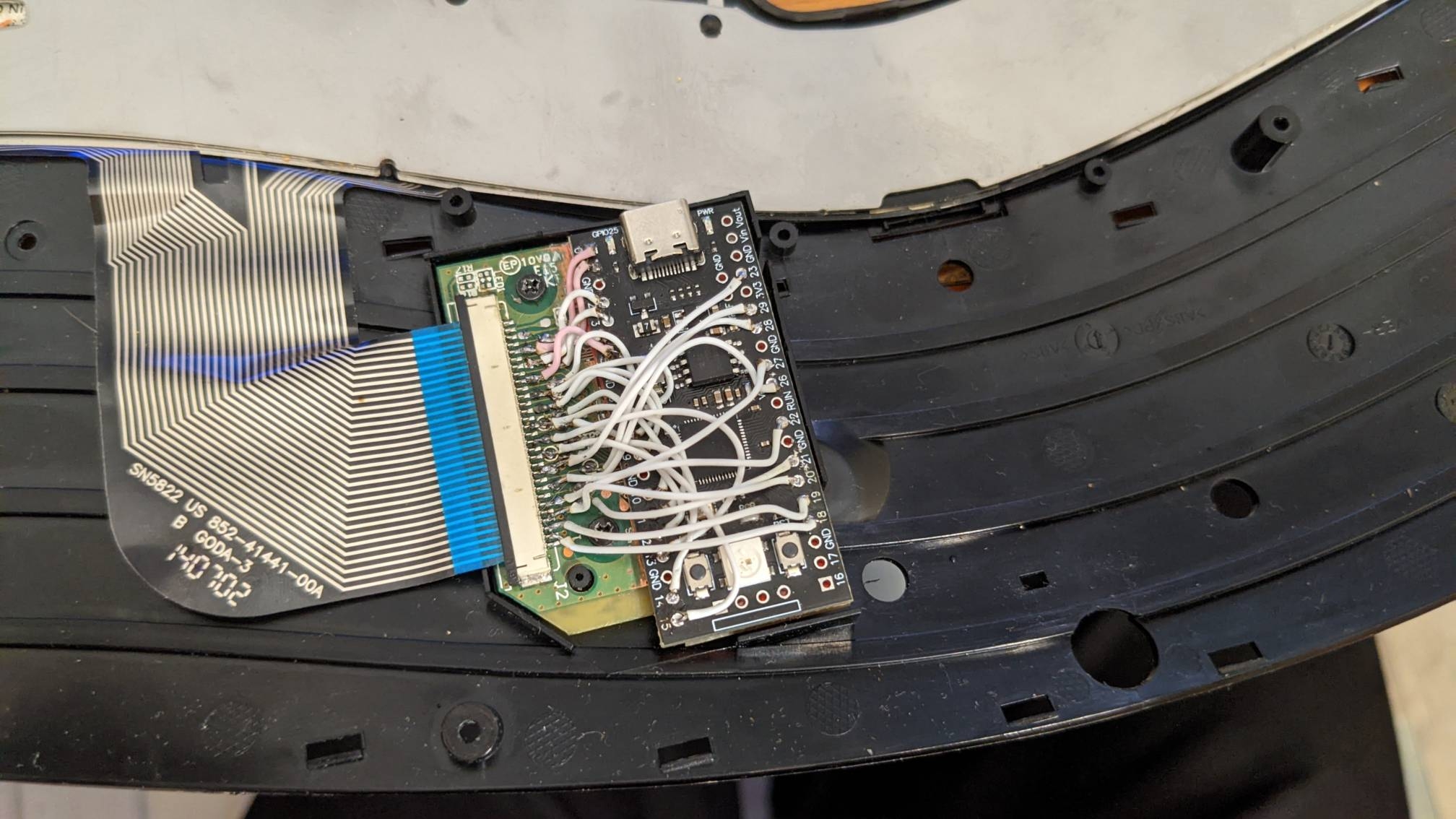


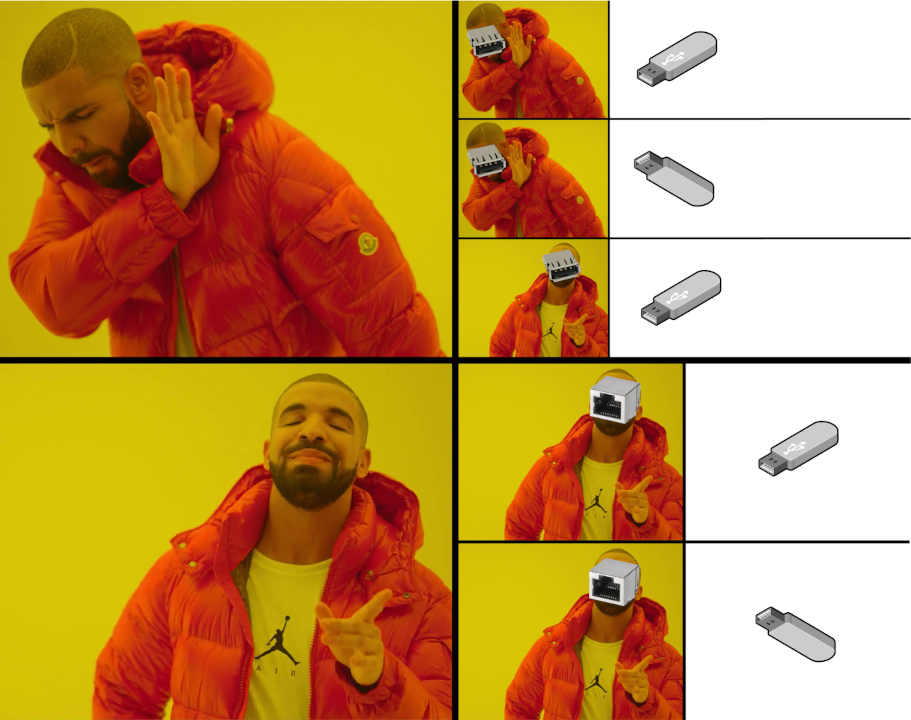


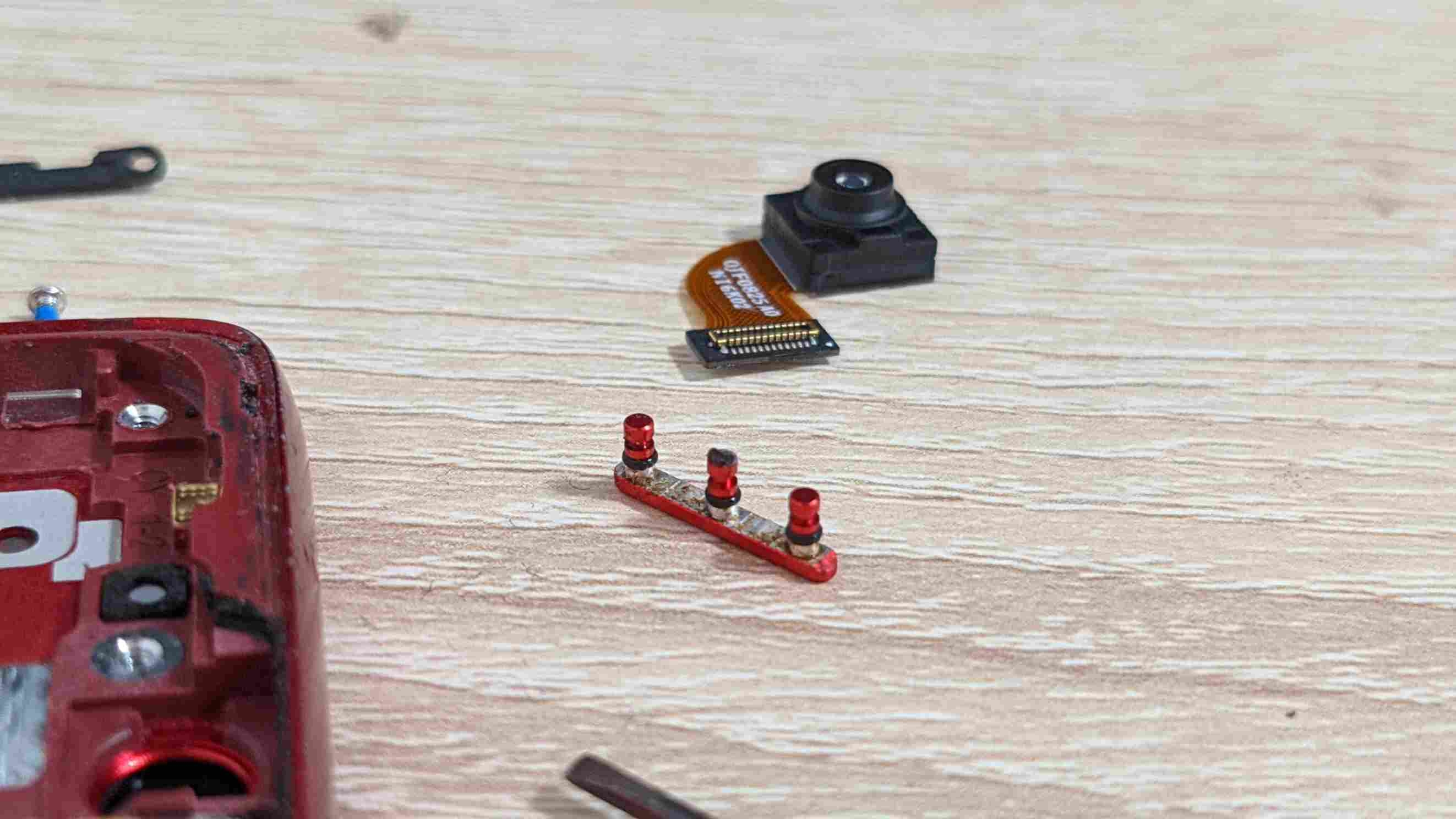
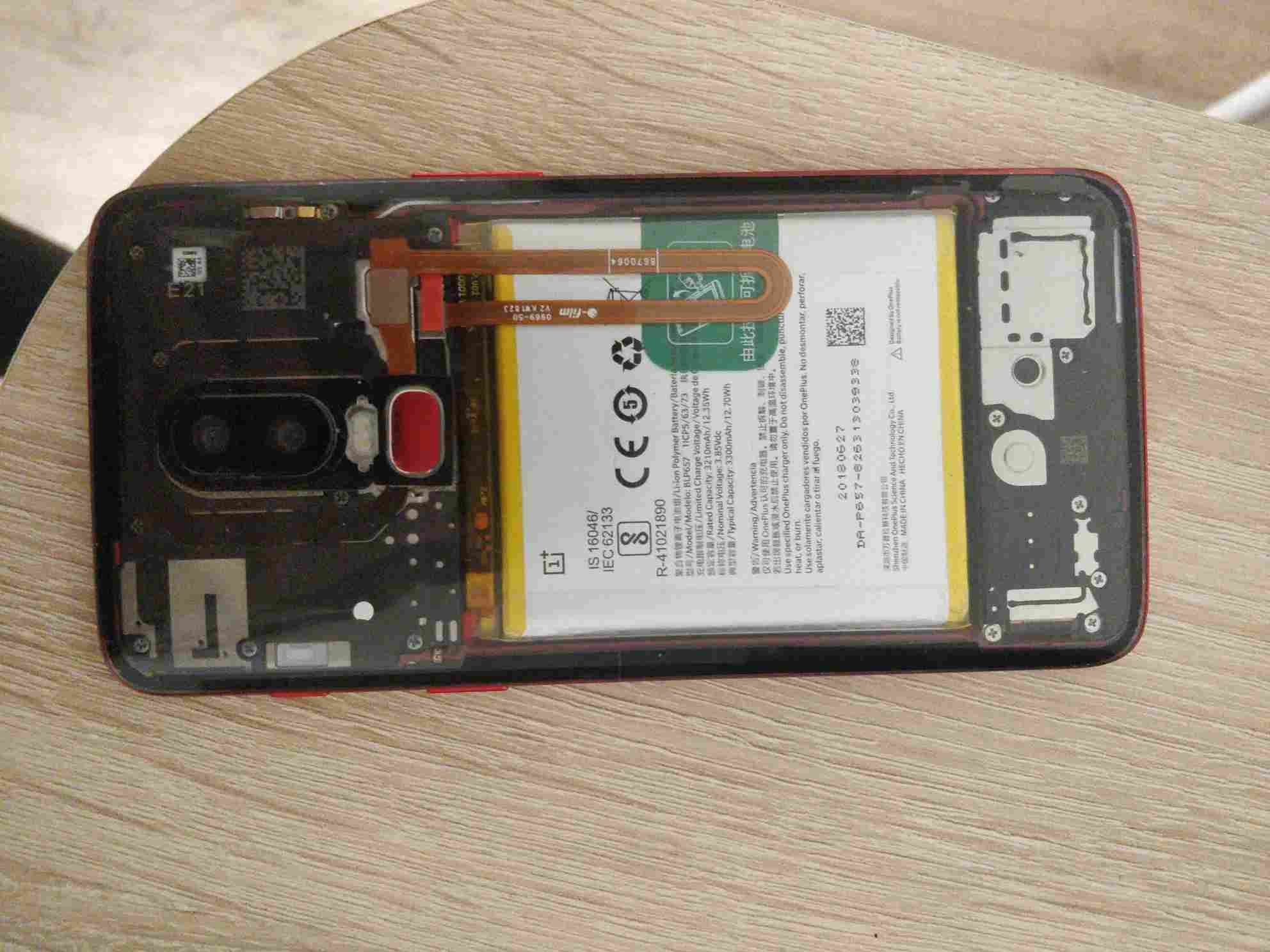



I guess so, but you should check which controller is used on your bms. This guide targets
bq8030, as mentioned in the readmeEdit: also, my bad: it looks like the guide doesn't show how to change the battery capacity, so recalibration is also necessary (alternatively, you can look for the values reported by
/sys/class/power_supply/BAT*/energy_full{,design}in the dumped firmware and change them. However, the script is useful if your bms locked itself (in this case replacing/shorting the fuse might also be necessary, as some bms-es try to blow it when locking)